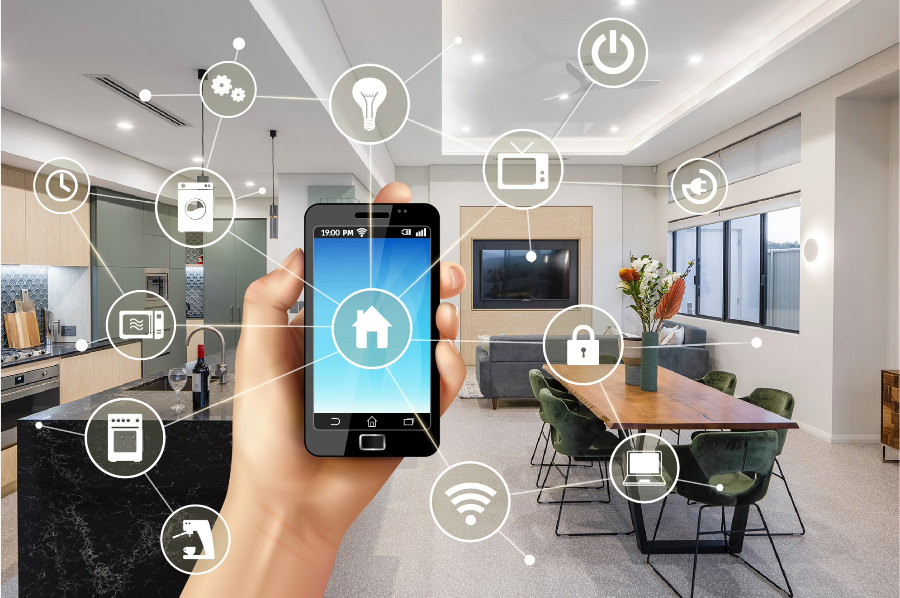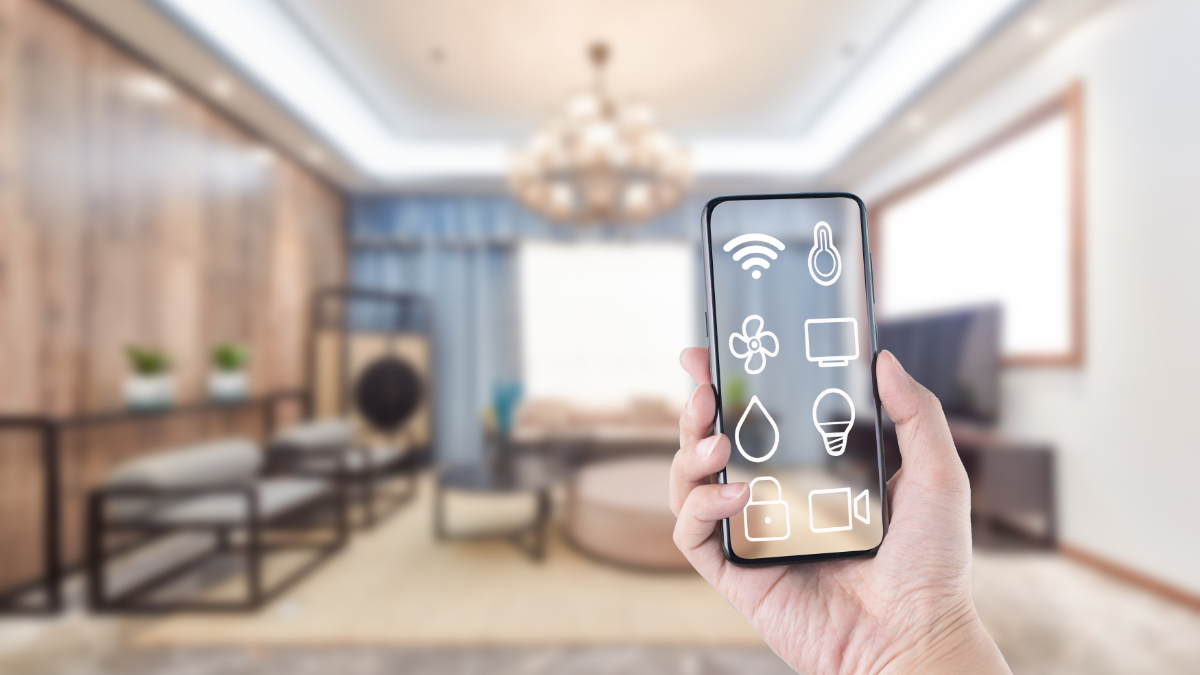In today's fast-paced world, creating smart study rooms for kids is more than just a trendit's a necessity. These spaces are designed to foster learning, creativity, and concentration, making them vital for both homeowners and businesses dealing with children's educational needs. With the increasing integration of technology in education, a well-designed study room can significantly enhance a child's learning experience.
For homeowners, a dedicated study space can transform how children approach their homework and learning activities. Businesses, particularly those in the education and childcare sectors, can also benefit by adopting these concepts to improve the quality of their services. Let's dive into how you can create a smart study room that is both functional and enjoyable.

Understanding the Importance of Smart Study Rooms
The concept of smart study rooms for kids revolves around creating an environment that promotes learning and focus. This involves using technology and thoughtful design to create a space that kids will love to spend time in. According to experts, the environment plays a crucial role in children's ability to focus and absorb information. Therefore, designing a space that is both stimulating and comfortable is key.
Moreover, with the rise of digital learning tools, it's important to have a space that supports these technologies. From interactive whiteboards to tablets and laptops, incorporating the right tech gadgets can make a huge difference in how children engage with their studies.
Key Elements of a Smart Study Room
1. Ergonomic Furniture
One of the most important aspects of a study room is the furniture. Ergonomic tables and chairs that are adjustable can help reduce strain and improve posture. This is crucial for long study sessions. Consider investing in furniture that grows with your child, like height-adjustable desks and chairs.
2. Technology Integration
Integrating technology into the study space is essential. Equip the room with a reliable internet connection and provide devices like tablets or computers. Using educational apps and online resources can enhance learning. For more ideas on tech integration, check out this guide on smart home devices.
3. Lighting and Ambiance
Proper lighting is crucial for maintaining focus. Natural light is the best option, but if that's not possible, consider using adjustable LED lamps. Smart lighting solutions can also be programmed to reduce eye strain by adjusting to the time of day. Read more about child-friendly smart lighting for inspiration.
4. Organization and Accessibility
Keeping the study room organized is key to minimizing distractions. Use shelves and storage bins to keep supplies organized and within easy reach. Labeling containers and drawers can also help kids maintain order. For additional tips, learn about smart playroom ideas that can be adapted for study spaces.
Designing for Different Age Groups
When designing smart study rooms for kids, it's important to consider the age of the child. Younger children might benefit from playful elements and educational toys, while teenagers might need more privacy and quiet areas. Tailor the design to meet these varying needs.
For younger kids, interactive elements like a chalkboard wall or puzzles can make learning fun. For older kids, ensure there's enough space for books, a computer, and a comfortable chair for reading.
Ensuring Safety in Smart Study Rooms
Safety is paramount in any room designed for children. Ensure that all electrical outlets are covered and cords are safely tucked away. Use non-toxic materials for furniture and paint. Additionally, ensure that all furniture is stable and secured to prevent accidents.
Explore safe smart tech for kids for more insights on ensuring a secure environment.
Personalizing the Space
Finally, personalizing the study room can make it a special place for your child. Allow them to choose colors, themes, and decorations that reflect their personality and interests. This not only makes the space more inviting but also encourages them to take ownership of their learning environment.
Consider adding a pinboard for them to display their achievements and goals. This can be a great motivational tool and a way to celebrate their progress.

FAQs
Q1: How can I make my child's study room more technology-friendly?
A: Start by ensuring a strong Wi-Fi connection and providing devices like a tablet or computer. Use educational apps and install smart lighting for better focus. More tips can be found on this resource on AI-powered learning tools.
Q2: What type of furniture is best for a child's study room?
A: Ergonomic and adjustable furniture is ideal as it grows with your child and supports good posture, minimizing discomfort during long study sessions.
Q3: How do I keep my child's study room organized?
A: Use shelves and storage bins to organize supplies. Labeling containers can help maintain order. Consider multifunctional furniture to maximize space.
Designing smart study rooms for kids is a rewarding endeavor that can significantly enhance a child's educational experience. By incorporating technology, ensuring safety, and personalizing the space, you can create an environment that fosters both learning and creativity.

